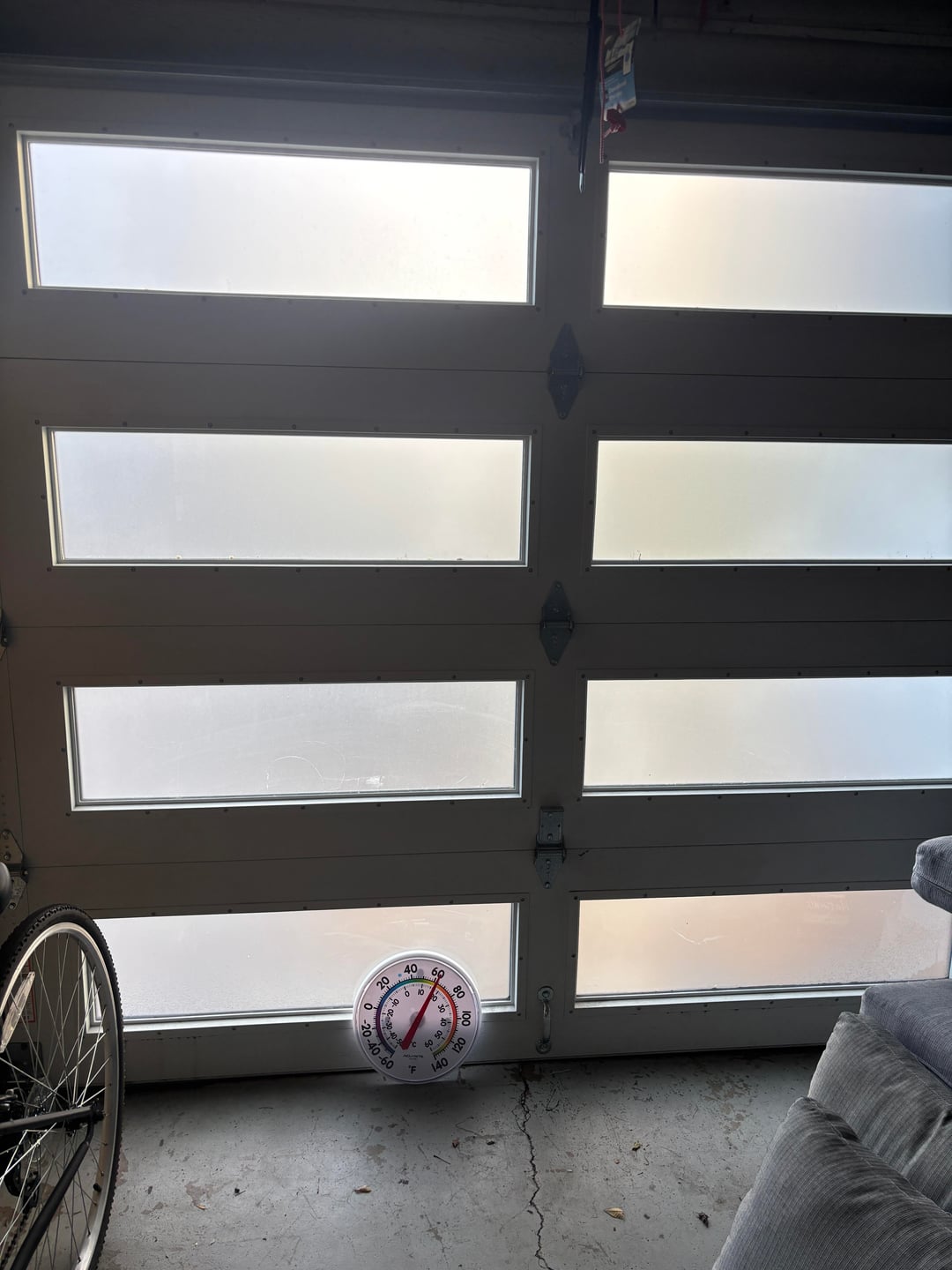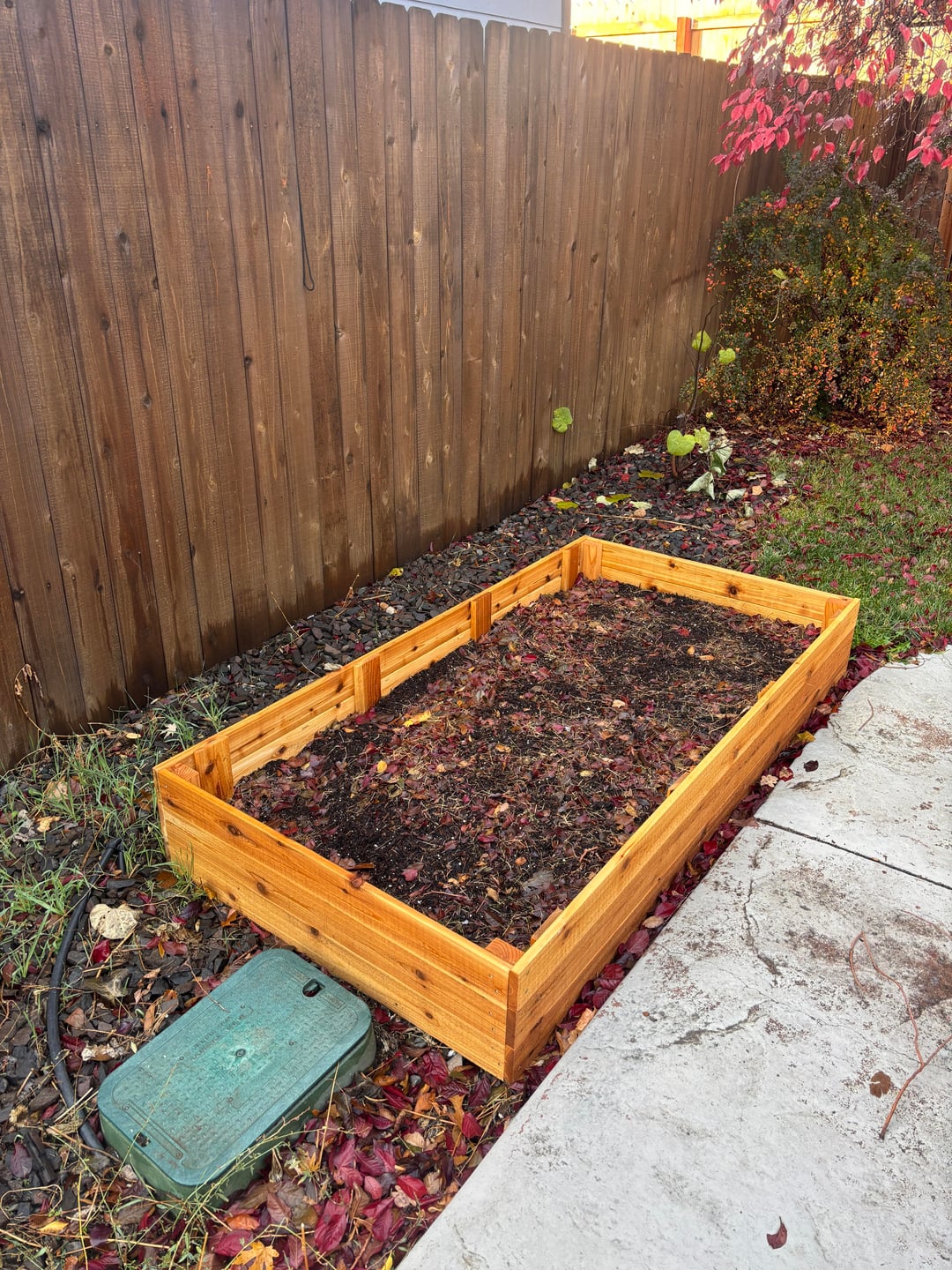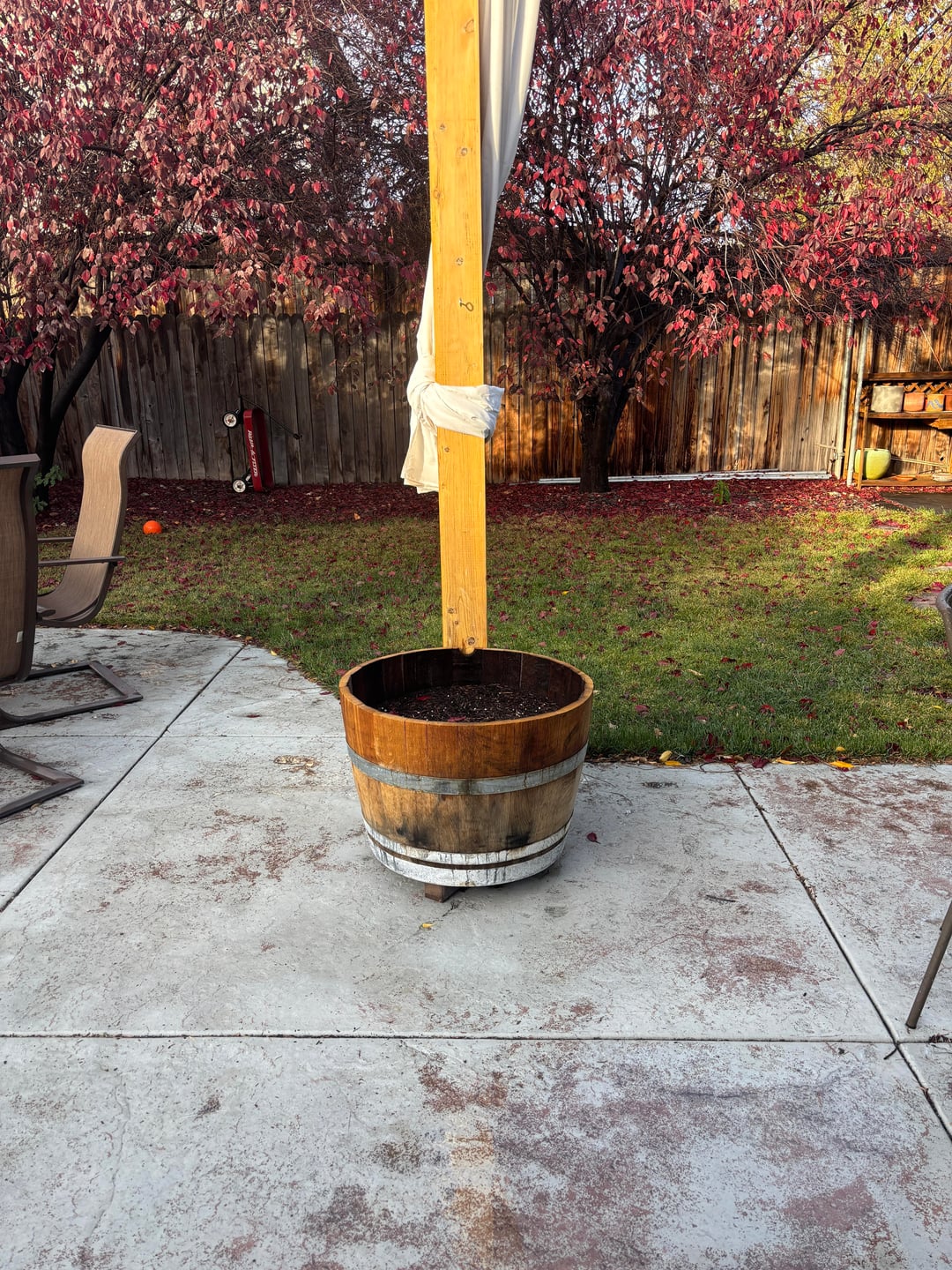


Hi r/tomatoes community,
Never too early to start planning for Spring! I moved into a house in zone 7b on Memorial Day, so next year will be my first full tomato growing season. I am looking for advice on my plan from starting seeds through the growing season. I am planning on experimenting a bit to see what works best in my yard, but would still love a successful 2026. Any advice is appreciated, even if it is letting me know I am on the right track. Thanks so much!
- Seeds & Seed Starting
- I have space for 5-6 plants, and like heirloom slicers and cherry tomatoes, especially ones that are beautiful and delicious. Here is what seeds I am thinking of growing – any recommendations or warnings?
- Sungold x2
- Cherokee Purple or Black Krim x2
- Berkeley Tie Dye x1
- GinFizz x1
- For seed starting, I have a bag of Black Gold Organic Seed Mix, and a couple vegogarden seed starting trays. I was planning on growing the seeds by my garage door which allows a lot of natural light in (pictured), but the garage consistently has a temperature of around 60 degrees which I understand may be a little too cold. Would it work to keep in a south facing window inside the house, which we keep around 68 degrees in the winter? I would like to avoid using grow lights if possible, but would consider if it's totally necessary.
- I plan to start the seeds in February to transplant outside in early May.
- I have space for 5-6 plants, and like heirloom slicers and cherry tomatoes, especially ones that are beautiful and delicious. Here is what seeds I am thinking of growing – any recommendations or warnings?
- Transplanting
- Transplant as early in May as possible after the last frost in the following locations (pictured):
- 3 plants in a 3'x6' raised garden bed. It is currently 2/3 full with Kellogg Organics raised bed soil, with a mixture of grass and dry leaves degrading on top over winter. I plan to amend the last 1/3 with Black Kow a couple weeks before transplanting.
- 2 plants in half barrel planters. They are currently 2/3 full of Kellogg Organics raised bed soil. I plan to amend the last 1/3 with Black Kow in one planter, and compost in the other planter.
- 1 plant in the ground next to the raised bed – I want to experiment with this! I plant to fill the hole with a 50/50 mixture of the native soil and compost.
- Transplant as early in May as possible after the last frost in the following locations (pictured):
- Growing Season
- Experimenting with a few different trellising/pruning methods:
- String and clip in the raised garden bed (t-posts on either end), pruning off suckers
- Tomato cages in the half barrels, pruning suckers off of one, and letting the other grow bushy without pruning
- Stake and tie plant in the ground, and let it grow naturally without pruning
- Fertilizing is where I feel the most clueless – I've heard different people talk about using fertilizer spikes, fish emulsion, layering fresh compost on top. When should I fertilize, and using what?
- Experimenting with a few different trellising/pruning methods:
Any other advice or things I may not be considering would be much appreciated. Thanks everyone!
by babyclerk


2 Comments
One important factor to consider for the first year in a new home/yard is the available light and how that will affect the growing of your tomatoes (and other vegetables as well.) The light now, middle-November, is not the same as during the spring/summer growing months. (Due in part to seasonal duration and in part due to the angle of the sun.) One’s best guesses or best estimations now can be somewhat off target.
What I’m getting at is that it might be worth considering to use grow bags year one. If you find the plants are not in their optimal location, too little sun or too much sun, it’s easy to move them a few feet one way or the other. By contrast, moving a big raised bed or an in-ground plant bed is a major undertaking.
I grow a lot of tomatoes (about 40 plants a year) in large grow bags. Most of mine are 20-gallons, which are difficult to move when full and require a lift by two people. But you can get by with 15-gallon size for most of your tomatoes, and they are not too heavy or unwieldy for one person to move.
Then, after one season of careful observation and adjustments, you can set up something more permanent for year two. Just a thought.
Edited to add: Beware of Kellogg’s raised bed mix. That stuff is awful. I have had more plants killed by it than I can count. Study up on it a lot before using.
I also grow about 40 plants a year and start about 60 – some for back-up and some for giving away. Always experimenting and there are really no bad tomatoes whether they’re hybrid or heirloom. There is thinking that hybrids can be more disease resistant plus some might be more suitable to your growing area than some heirlooms. All tomatoes we eat started out as a hybrid at some point in their existence. FYI….Sun Gold is a hybrid.
As for cages for indeterminate tomatoes….hate them unless they are tall cattle panel type cages. For determinate types, maybe but I think they still suck.
If I am planning on not pruning but using a staking method…..I will pound in 8′ tall stakes about a foot apart and train the side stems up those stakes. I usually end up with 5 stakes. Not sure what you meant by tie it on the ground but I would not recommend letting the vines touch the ground. Tomatoes are wimps and prone to disease when damp for too long.
Some people are fussy about plant food but I use a soluble 20-20-20 synthetic for my raised beds. Where I get fussy is for my inground garden where I use a lot of compost to feed the soil which then feeds my plants. Some use a soluble organic fertilizer like Agrothrive – but the key is ‘soluble’.
I highly recommend you find Craig LeHoulier videos and he put out a great book called Epic Tomatoes. Craig is considered an expert & if you haven’t heard of him…..he popularized both the Black Krim and Cherokee Purple you plan on growing.
I used to rush my planting just after my last frost day – but have been burned a couple times with late frosts and often I find the plant doesn’t thrive at all until the warm weather hits. No point in rushing the plants in – unless it’s unusually warm. Seems like springs suck the last many years.
I’d also add raised beds and containers pose a challenge to keep the soil consistently moist. Large swings in moisture is not ideal for tomatoes. Not to wet & not too dry – tomatoes are wimps!